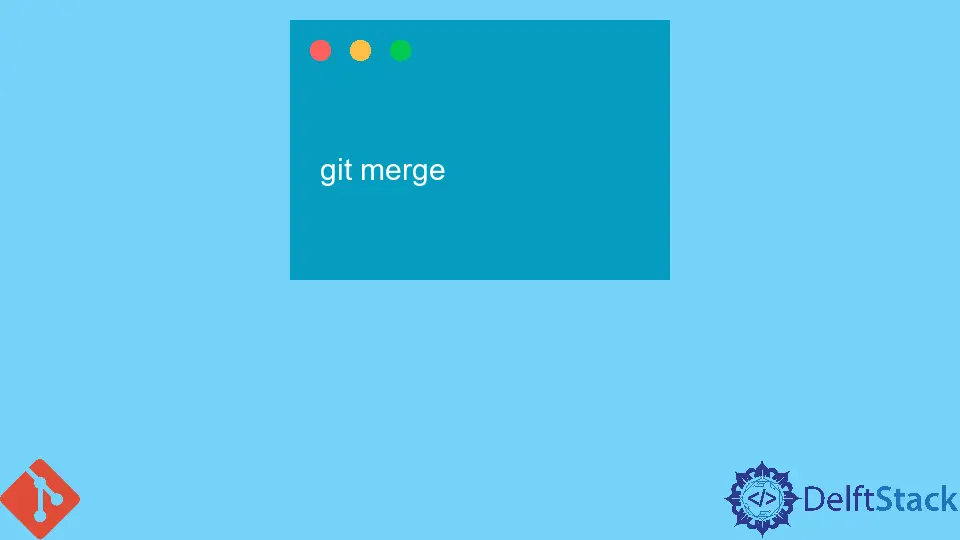Git Pull VS Merge

In the huge world of version control systems, Git is the only fast, well-organized, in-demand, and easily accessible version control system that enables its users to work on various projects at a time in an efficient way without any hustle and in a group manner with a big number of team members.
There are numerous frequently and daily used features of Git in a developer’s daily life. Among them, git pull and git merge are the ones mostly used by developers within the big team.
In this piece of block, we will look at these features of Git deeply and go through their functionalities one by one with differences as well.
Git Pull Command
Git Pull is a unique composite command that has many specific functionalities. It comprises two special commands of Git, git fetch and git merge.
These commands will help download the source code, and when this source code is marked as appropriate by the developer, all the changes made will be merged. We can say git pull will first run a git fetch that helps the developer to download a new commit to the HEAD pointed local branch.
When the fetch is done, git pull will conduct a merge workflow. As a result of this merge, a new merge commit will be produced, and HEAD will be updated to the point in the new commit.
The command git pull helps the developer to update its local repository from the remote repository. It helps the developer track source code and takes the authority of syncing our remote content.
By default, two operations can be done through the git pull command, which is mentioned below.
git pullcommand updates the current checkout of a local working branch.git pullcommand also updates the remote branches for all other tracking branches of the repository.
Git Merge Command
The merge feature of Git is a very helpful feature that helps the developer integrate changes from the other branch. The merge command is always applied to the currently checked-out HEAD branch in a remote repository.
The changes we made through the fetch command can now be merged through the following command of Git.
git merge
During the merge operation, Git prefers to start merge always with the current branch from where the operation was being done previously. Let’s see the difference between the Git commands in terms of definition and functionality below.
Git Pull VS Git Merge
| Git Pull | Git Merge | |
|---|---|---|
| Definition | It is a command in Git that executes git fetch followed by git merge. |
It is a command in Git that combine forked history in a single unit. |
| Function | Fetches data from the remote repository and updates it to the local repository in a remote repository. | It combines multiple commits of the same branch that are stored in different branches in a single branch, which is the currently checked-out branch. |
Abdul is a software engineer with an architect background and a passion for full-stack web development with eight years of professional experience in analysis, design, development, implementation, performance tuning, and implementation of business applications.
LinkedInRelated Article - Git Pull
- Git Checkout VS Pull
- How to Pull Origin Branch Overwrites Master Branch in Git
- Difference Between Git Merge Origin/Master and Git Pull
- Difference Between Git Pull and Git Pull Origin Master
- How to Undo a Git Pull
